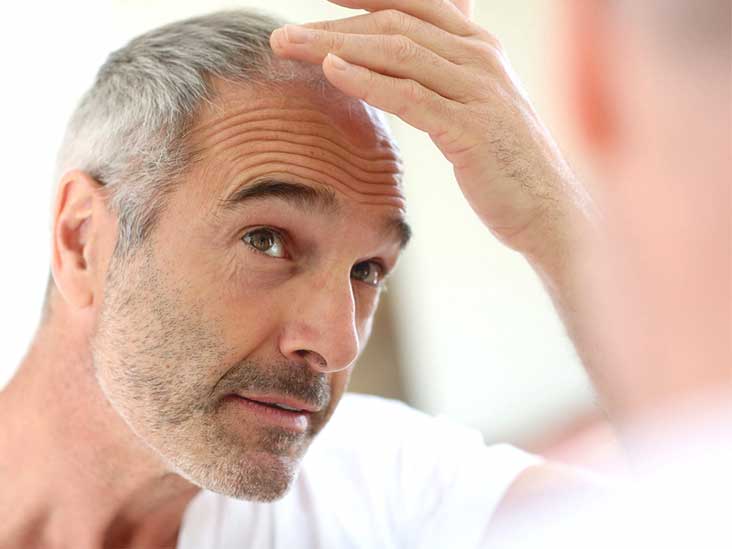What’s the shortest distance to more hair growth? I will tell you first hand that it’s certainly not by using the latest and greatest developments in fighting baldness. Seems like everyone nowadays are itching to get their hands on the latest shampoo for hair loss or some other type of topical treatment.
What about going natural and using only things that Mother Nature has to provide? One out of five people doubt that regrowing hair naturally is even possible. I mean just look at the media and how much emphasis they are placing on hair transplants and things like that.
It’s no wonder that people are being side tracked into using something useless such as these things. Well allow me to show you a couple proven methods to trigger hair growth without the fuss.
The first natural hair loss treatment that works pretty well is that of applying olive oil to the scalp. Now don’t expect this one to be some overnight miracle because really nothing like that exists. What you do is take a teaspoonful of olive oil and massage it into your scalp.
Doing this along the areas where your hair is thinning, leave it sitting on your head over night. In the morning just rinse it out with a mild shampoo. What’s in this little trick that makes hair growth so easy? It’s the fact that olive oil is a natural de-greasing agent.
It lifts dirt and oils that can potentially clog your follicles and lead to a blockage of the follicles receiving the proper nutrition. Even certain shampoo cleansers are known to leave behind residue that you can’t see with the naked eye, yet lead to thinning of your hair.
Finding hair loss treatments that work can be exhausting and disheartening but there are a select few you can trust. How well they help with your problem will depend on the type of hair loss you have and if they are complemented by appropriate supporting products and supplements.
You’ll find a plethora of treatments for hair loss that will all attest to being the most effective but in fact there are only three treatments that have been approved by the FDA. This means that they have undergone extensive clinical and scientific testing in order to prove not only their efficacy but also their safety in treating hair loss.
Most men have to use Propecia for at least six months before seeing visible results but some men will notice results in as little as three months of starting treatment.
Propecia is most effective when taken as soon as the warning signs for male pattern hair loss appear. In a five year study, the longest controlled clinical trial of a hair loss treatment in fact, men who were treated with a placebo and then switched to Propecia one year later never caught up to the men who took Propecia for the full 5 years.
Because male pattern hair loss is an ongoing condition, if you stop taking Propecia, you will likely lose any hair you have gained during treatment because it allows the condition to continue to progress. Male pattern hair loss is the result of a genetic sensitivity toward dihydrotestosterone (DHT) which, in genetically predisposed hair follicles, causes them to shrink. This in turn results in thinning hair – the first warning sign – and if left untreated, can lead to baldness as the hair follicle eventually becomes dormant. Propecia inhibits the formation of DHT on the scalp and reduces further hair loss and helps regrow visible hair but there is not sufficient evidence that Propecia works for receding hairlines at the temples.
For optimum results, it is advised that Propecia is combined with one or more of the proven treatments, and it’s also important that any use of prescription treatment is monitored by a specialist.
Minoxidil is a topical hair restoration agent that has been approved by the FDA since 1988. When applied directly to the scalp, minoxidil encourages hair growth and hair loss stabilisation but results vary from person to person for a variety of reasons. This is why there are various strengths of minoxidil available, some with added anti-androgen agents.
